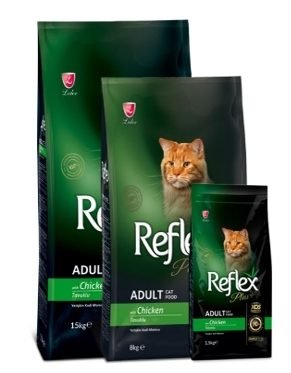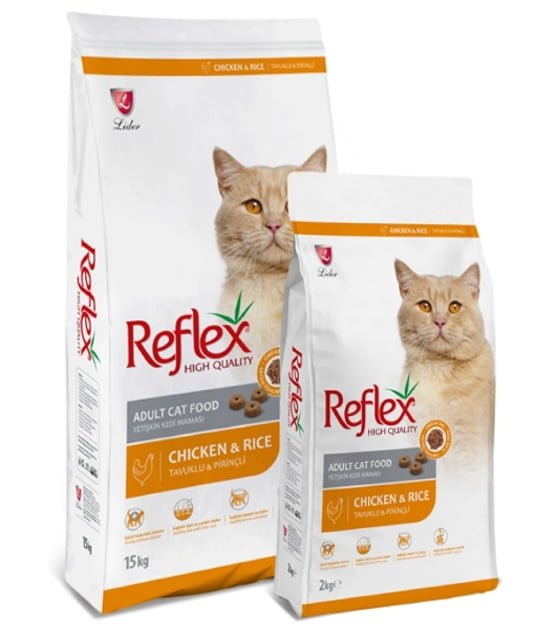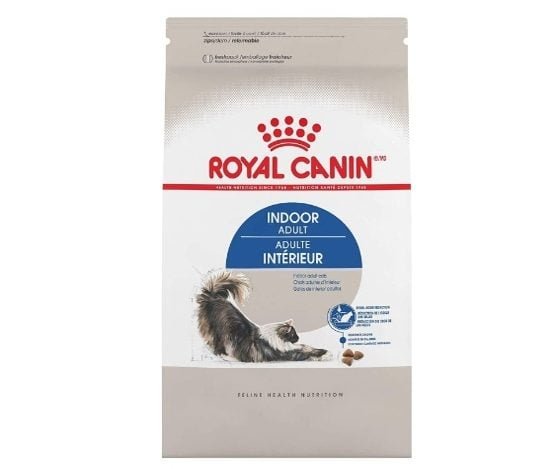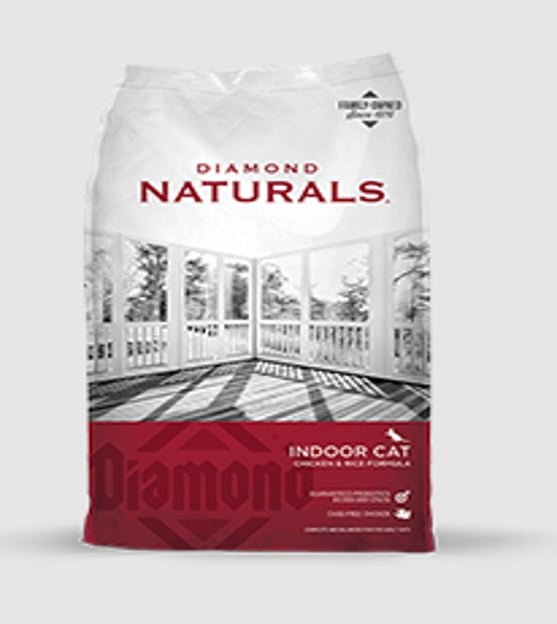- Dry Cat Food
- Reflex Cat Food
- Nourvet Cat Food
- Fluffy Cat Food
- Royal Canin Cat Food
- Champion Premium Cat Food
- Mr. Pet Cat Food
- Diamond Cat Food
- Bonacibo Cat Food
- Happy Cat Food
- Josera Cat Food
- Mito Cat Food
- Micho Cat Food
- Bonnie Cat Food
- Meow Mix Cat Food
- North Paw Cat Food
- Mera Cat Food
- Pawfect Cat Food
- LoveaBowl Cat Food
- Moggy Cat Food
- NutraGold Cat Food
- Pai Pai Cat Food
- Pet Nosh Cat Food
- Proline Cat Food
- Taste of The Wild Cat Food
- Petso Cat Food
- ProSeries Cat Food
- Reflex Plus Cat Food
- Wet Cat Food
- Cat Veterinary Food
- Cat Milk Replacer
- Cat Treats
5 Best Cat Food For Weight Loss: Leading Brands In Pakistan
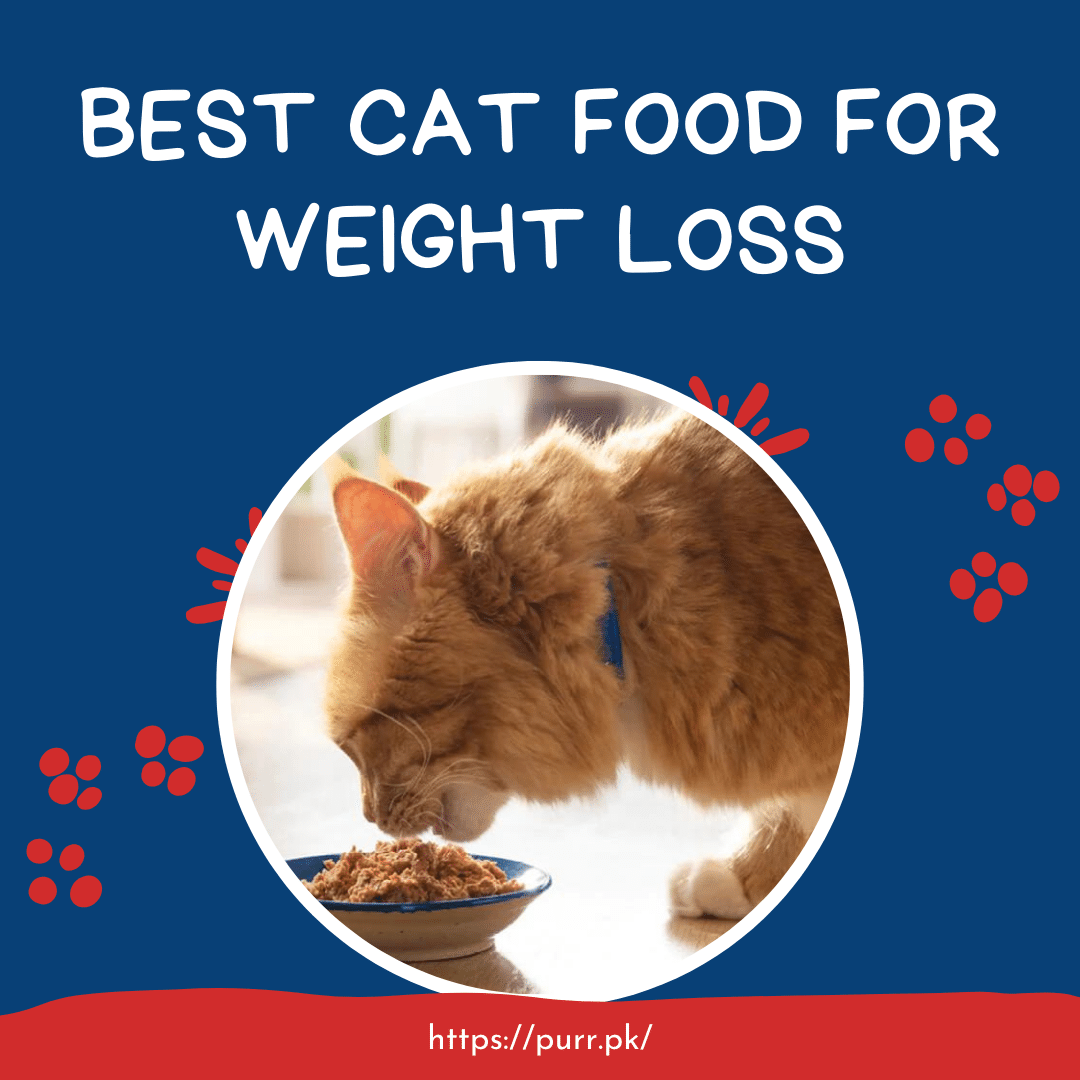
Cat food for weight loss typically has a lower calorie content and higher amounts of dietary fiber, which helps obese cats lose weight by making them feel fuller without consuming too many calories. It often includes increased protein levels to support lean muscle mass during weight loss. This specialized diet can help manage obesity, reducing the risk of health issues like diabetes, heart disease, and arthritis in cats. Proper portion control and veterinary supervision ensure safe and effective weight management.
Cat obesity is a common problem in Pakistan. The common reasons behind this problem are wrong food selection and lack of exercise. We have solved the former by reviewing the 5 best cat foods for weight loss in Pakistan. You can take care of the latter by maintaining an exercise routine for your cat.
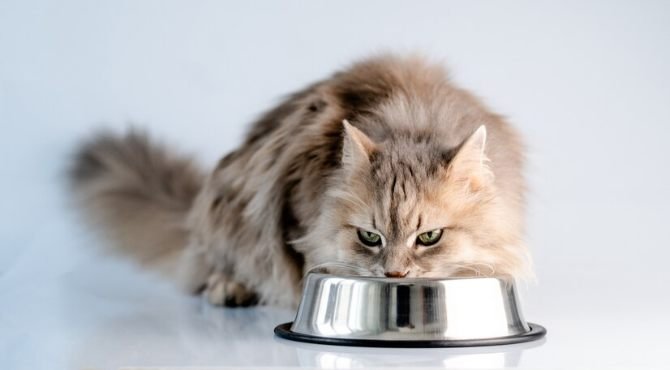
Important: Please note that some of the foods reviewed below may not be available in Pakistan due to import restrictions.
5 Best Cat Foods for Weight Loss in Pakistan
Reflex Plus Adult Cat Food Chicken
Reflex Plus Adult Cat Food with Chicken is crafted to meet the daily nutritional needs of all adult cat breeds. This complete and balanced premium food is rich in chicken protein, ensuring a high-quality source of protein that supports overall health and vitality. The addition of natural flaxseed, high in Omega-3 and Omega-6, helps maintain a shiny coat and healthy skin. Formulated by expert nutritionists, this diet provides a perfect balance of essential nutrients, promoting the well-being of your cat without any drawbacks.
Reflex Adult Cat Food Chicken and Rice
Reflex Adult Cat Food with Chicken and Rice is a well-formulated, complete, and balanced diet tailored to meet the nutritional requirements of all adult cat breeds. It integrates high-quality chicken protein, ensuring your feline receives a rich source of protein. Additionally, this food is enhanced with rice for easy digestion and is enriched with essential vitamins and minerals, supporting overall health and vitality. The inclusion of natural ingredients like flaxseed provides a beneficial balance of Omega-3 and Omega-6 fatty acids, promoting healthy skin and a glossy coat.
Pawfect Adult Cat Food
Pawfect Adult Cat Food is designed to offer complete and balanced nutrition for cats, formulated with natural ingredients suitable for all breeds. It includes premium animal and fish protein, essential omega-3 and omega-6 fatty acids, and a variety of vitamins and minerals to support optimal health, strong bones and teeth, excellent digestibility, enhanced immunity, and a thick, shiny coat. This food has received positive feedback for its quality and the noticeable improvements it brings to cats’ health and activity levels. Additionally, it is marketed as economical and efficient, especially for those with multiple cats, making it a recommended choice for pet owners looking for a local brand that meets their feline’s nutritional needs.
Royal Canin Indoor Adult Dry Cat Food
Royal Canin Indoor Adult Dry Cat Food is specifically formulated to meet the needs of indoor adult cats. It features a specialized formula to reduce fecal odor and manage hairballs, thanks to its rich fiber content, which aids in healthy digestion. The food is designed to control calorie intake, supporting optimal weight management for a sedentary indoor lifestyle. Additionally, it promotes oral health by reducing the formation of tartar. Its easily digestible formula, combined with ingredients like chicken meal, brown rice, and a blend of vitamins and minerals, ensures your cat receives a balanced and nutritious diet.
Diamond Natural Indoor Cat Food
Diamond Naturals Indoor Cat Food is praised for using real chicken as the primary protein source, complemented by a blend of superfoods like blueberries, carrots, and kelp, which contribute to a nutrient-rich diet. The food is formulated with added antioxidants and probiotics to support a healthy immune system and digestive health. Additionally, it includes essential omega-3 and -6 fatty acids for a healthy skin and coat, and is free from artificial colors, preservatives, and flavors. The food is also affordable, making it an accessible option for pet owners looking to provide a high-quality diet for their indoor cats.
Things to Consider Before Buying a Cat Food for Weight Loss
Nutritional Balance
The cat food should be formulated to provide a complete and balanced diet even at lower calorie levels. It’s essential that the food contains adequate proportions of protein, fat, vitamins, and minerals to meet all of your cat’s nutritional needs during weight loss. This ensures that while your cat is consuming fewer calories, they are still receiving all the necessary nutrients for their overall health.
Lower Calorie Content
Look for foods specifically designed for weight management, which typically have fewer calories per serving. This helps your cat lose weight by reducing their calorie intake while still allowing them to feel full and satisfied. It’s important to choose a product that reduces calories without compromising on the essential nutrients your cat needs.
High Protein and Fiber Content
Foods high in protein support lean muscle mass during weight loss, while high fiber content can help your cat feel fuller for longer periods. This combination can reduce the urge to overeat by promoting a sense of satiety. It can also help with blood sugar regulation, which is particularly important for cats prone to diabetes.
Consultation with a Veterinarian
Before starting your cat on a weight-loss food, consult a veterinarian to determine the appropriate calorie intake and nutritional needs based on your cat’s specific health status, weight, and lifestyle. A vet can also help monitor your cat’s progress and adjust their diet as needed to ensure safe and effective weight loss.
Palatability
The weight loss food must be appealing to your cat, or they may not eat it, which can lead to nutritional deficiencies or encourage begging and scavenging behaviors. It’s crucial to balance a low-calorie diet and one your cat will enjoy eating.
Transition Slowly
When switching to a weight loss food, gradually introduce the new food over a week to avoid digestive upset. This slow transition helps your cat adjust to the new diet without experiencing diarrhea, vomiting, or refusal to eat, which can occur with sudden changes in diet.
Regular Monitoring and Adjustment
Regularly weigh your cat and monitor their body condition to adjust their food intake as needed. Weight loss should be gradual, aiming for no more than 1-2% of their body weight per week. This helps prevent the loss of lean muscle mass and ensures the weight loss is sustainable.
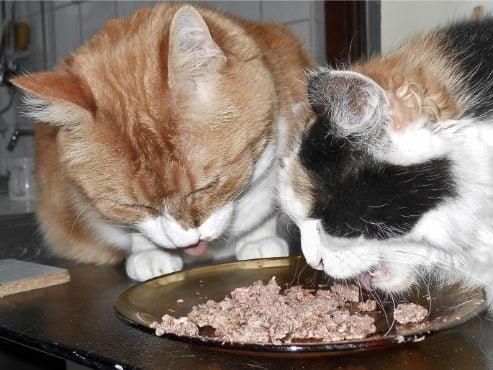
Frequently Asked Questions
Are cat foods with high-protein counts good for weight loss?
Yes, high-protein cat foods are beneficial for weight loss. They help maintain lean muscle mass while the cat is on a calorie-restricted diet. Protein also promotes satiety, making the cat feel full longer, which can reduce overall calorie intake.
Can I feed my overweight cat homemade food?
Feeding your overweight cat homemade food is possible but requires careful planning to ensure it’s nutritionally balanced. Consult with a veterinarian or a veterinary nutritionist to design a diet that meets your cat’s specific needs for weight loss while providing all essential nutrients.
How do you get an indoor cat to lose weight?
To help an indoor cat lose weight, combine a controlled diet with increased physical activity. Introduce interactive toys, encourage playtime, and consider feeding puzzles to slow down eating and increase activity. Gradually adjust their diet to a lower-calorie, high-protein food under veterinary guidance.
How do I switch my cat to a food for weight loss?
Switch your cat to a weight loss food gradually over a week or more, mixing increasing amounts of the new food with the current food to prevent digestive upset. Monitor your cat’s acceptance and adjust the mixing ratio based on their preference and tolerance.
How much should a cat eat to avoid obesity?
The amount of food a cat should eat to avoid obesity varies based on their size, age, activity level, and the food’s caloric content. On average, a typical indoor cat might need between 20-30 grams of dry food daily, but it’s crucial to consult a veterinarian for personalized advice.

